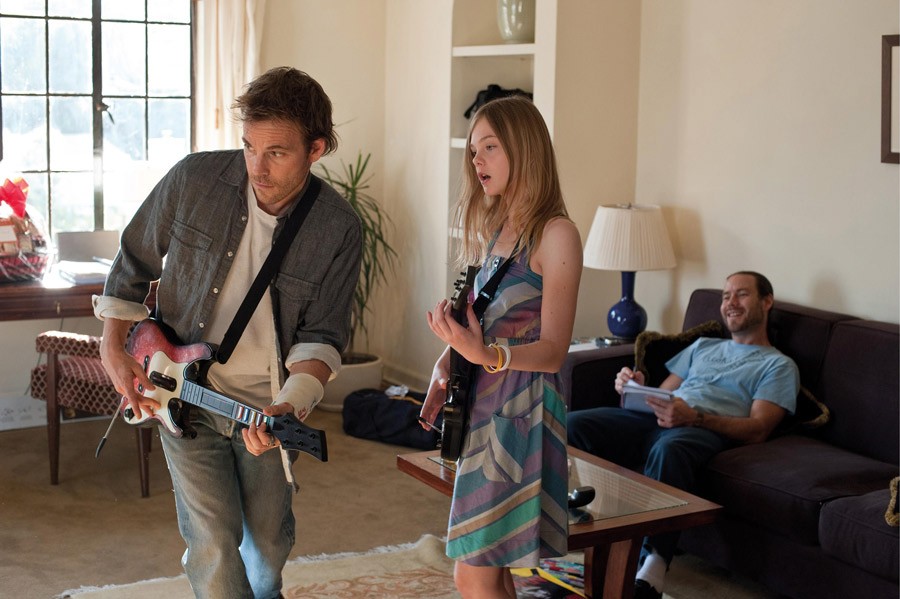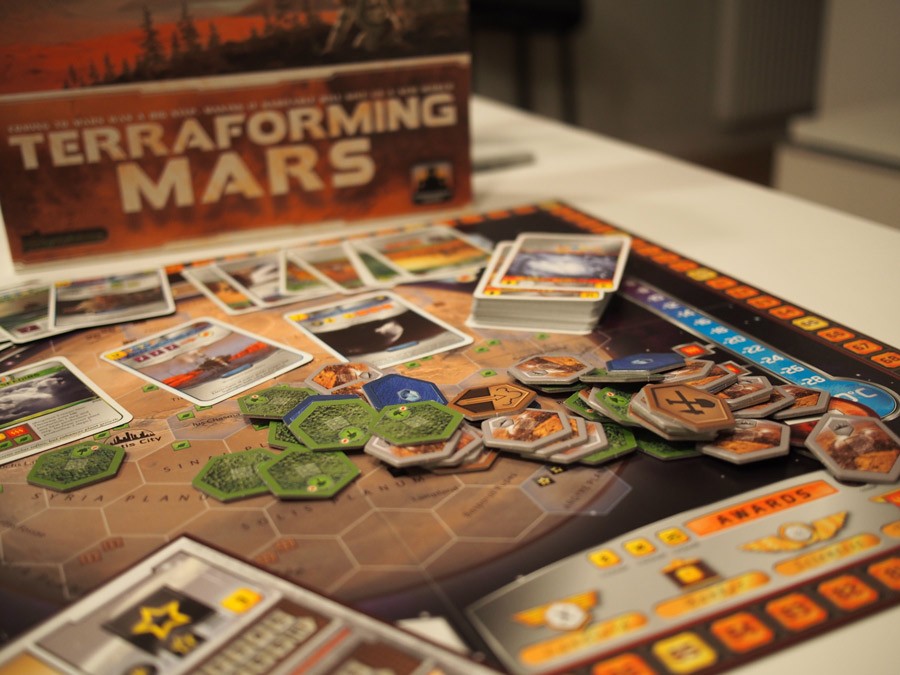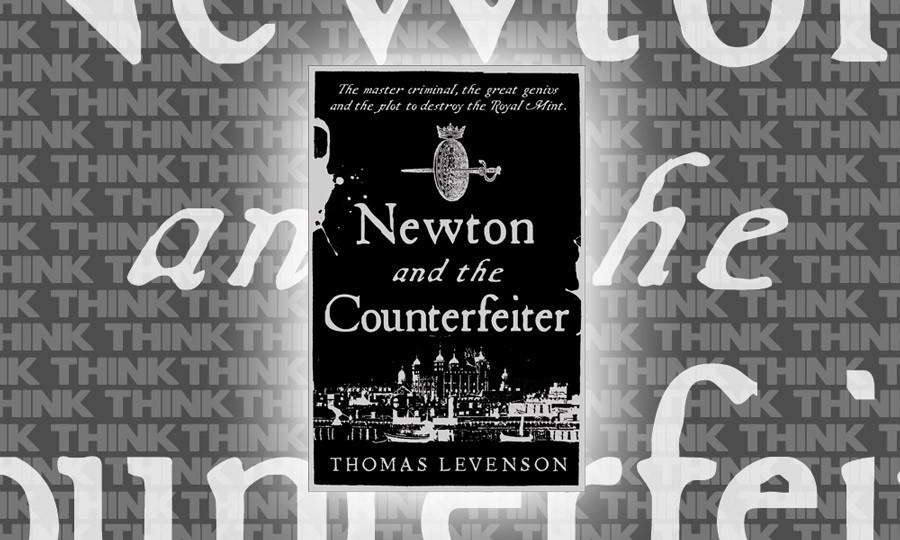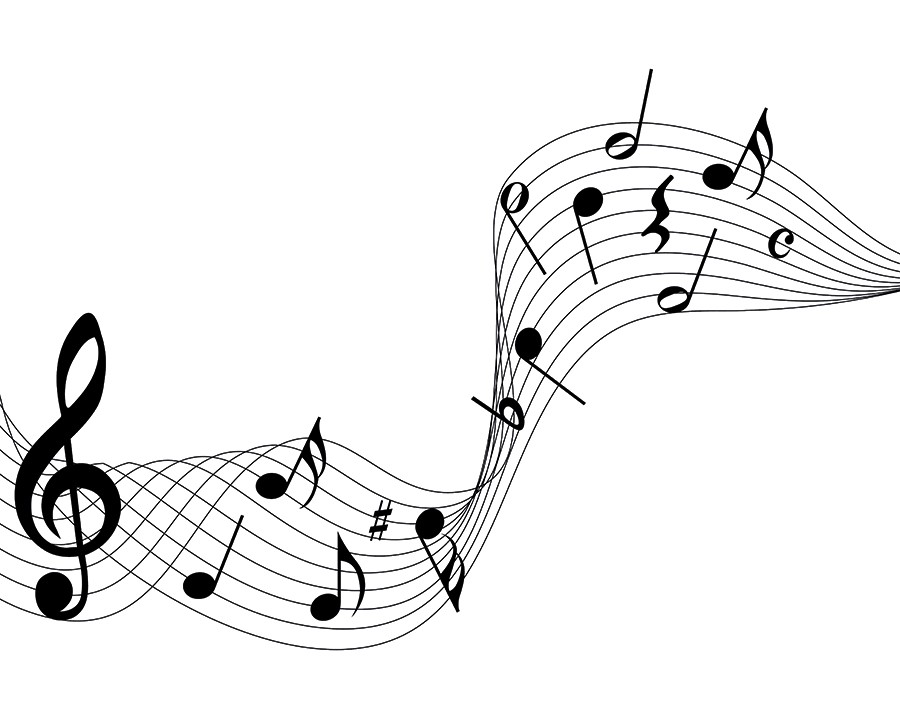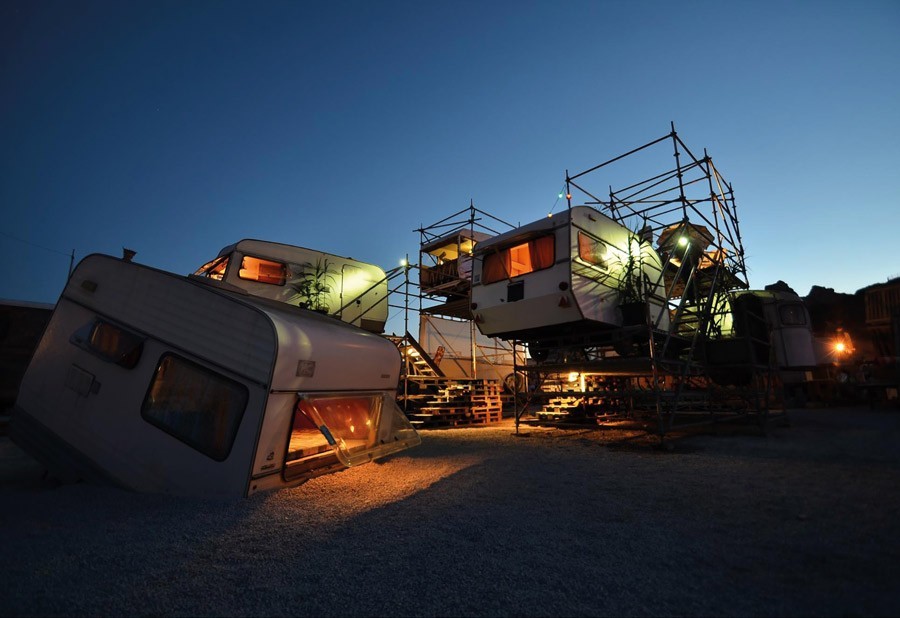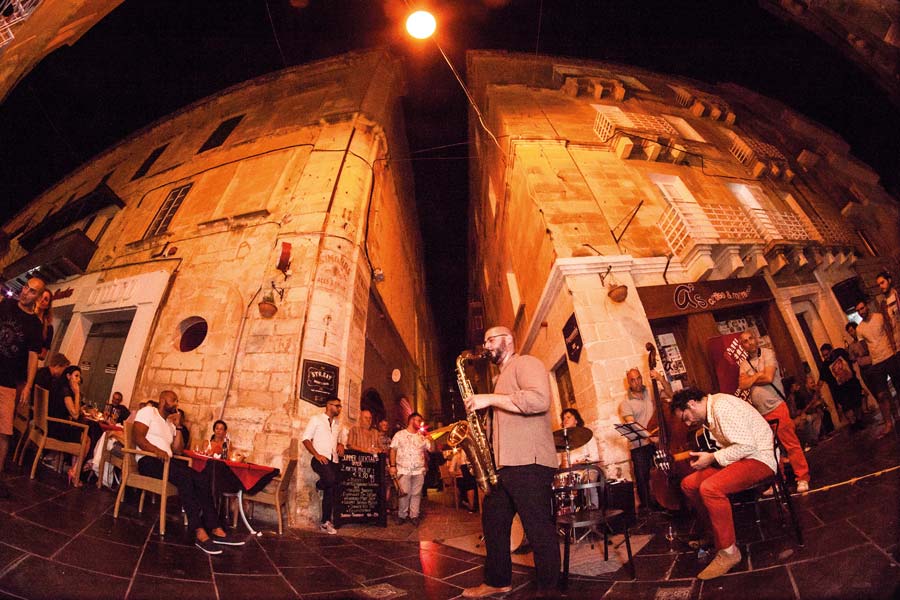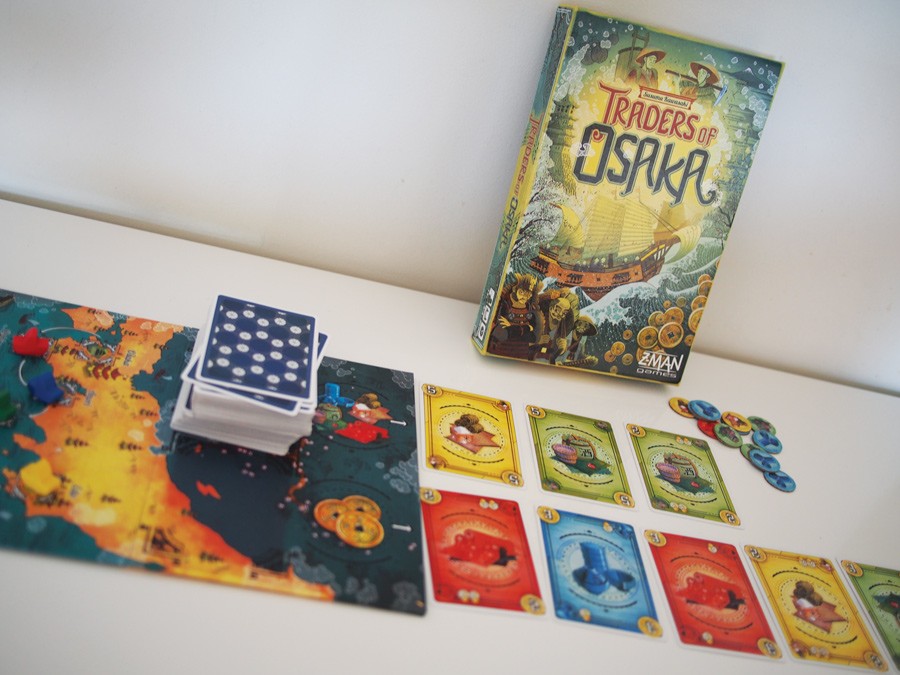Film review by Charlo Pisani
Continue readingMartian Renaissance
Board Game review by David Chircop
Continue readingNewton and the Counterfeiter
Book review by David Reuben Grech
Continue readingDesign
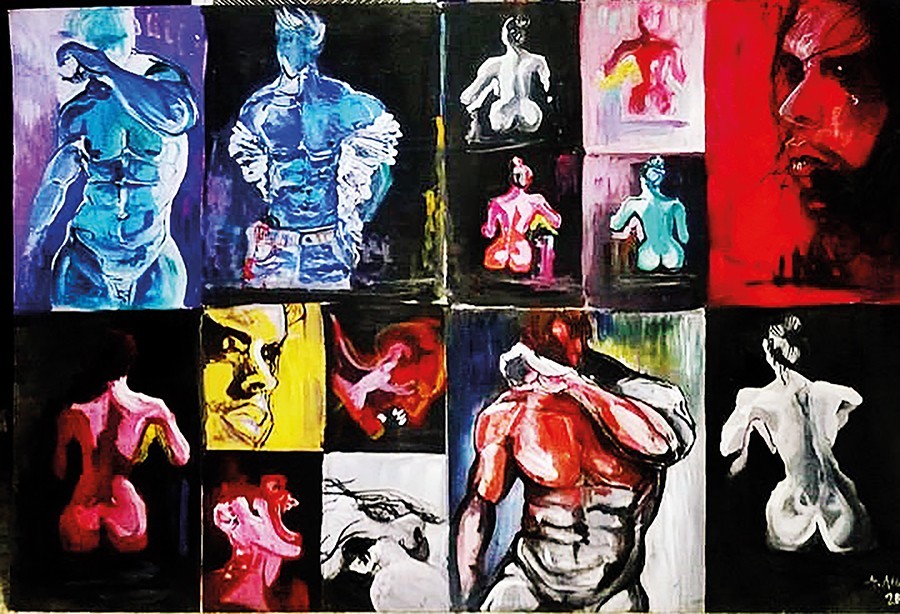
by Abigail Attard
Prostitution is known as the oldest profession. It is also the one with the highest human cost. This artwork reflects the pain female prostitutes feel contrasted by the coldness of the men who fuel the business. Attard was inspired by news items on these issues, and her belief that more measures are needed to bring an end to the business that fuels the objectification of women.
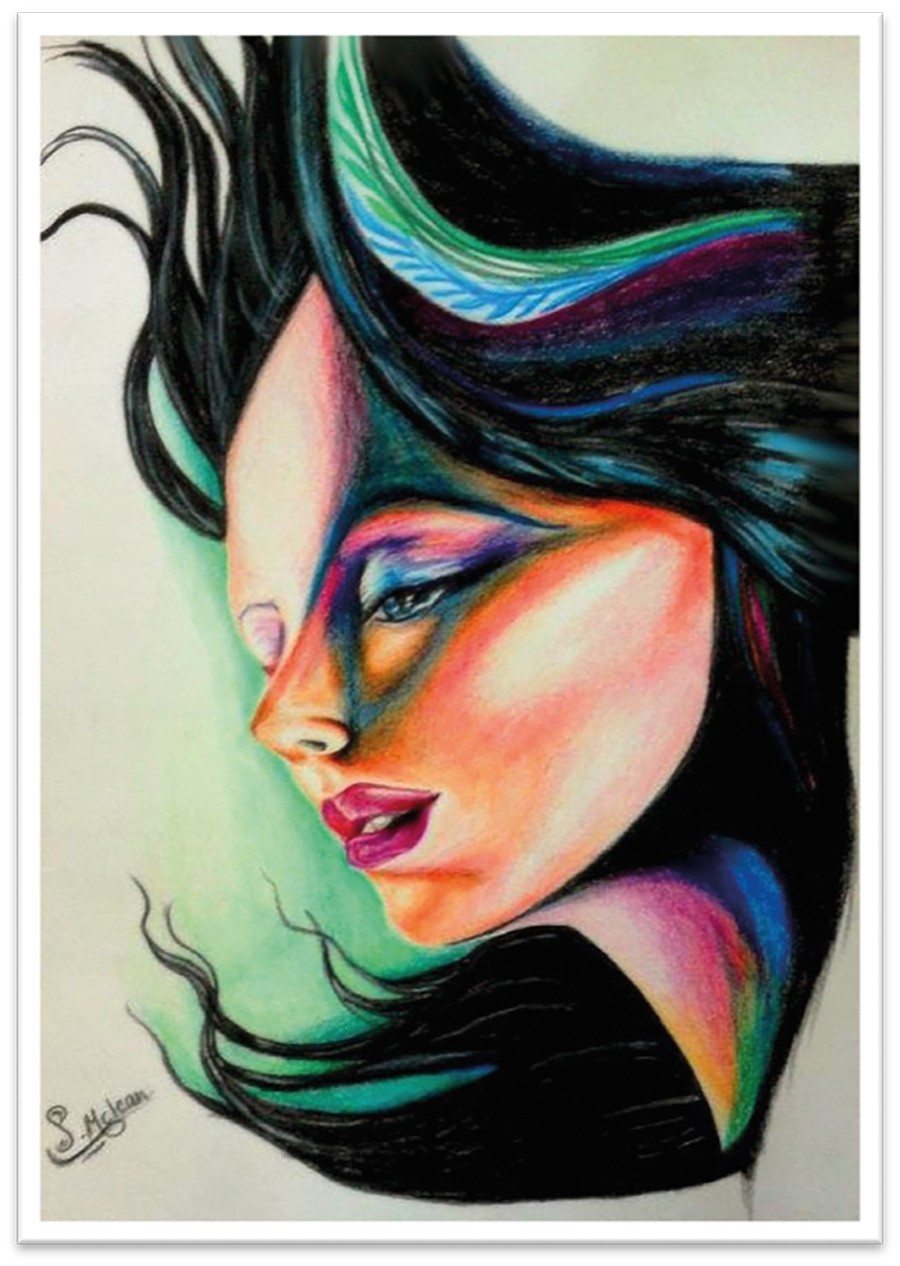
by Sharon McLean
Many idioms reflect how curiosity is not always a good thing. This artwork personifies the mental struggle suffered when a curious mind tries to seek tranquility. It also represents a person’s cautiousness sheltering the self from exposing their state of mind.
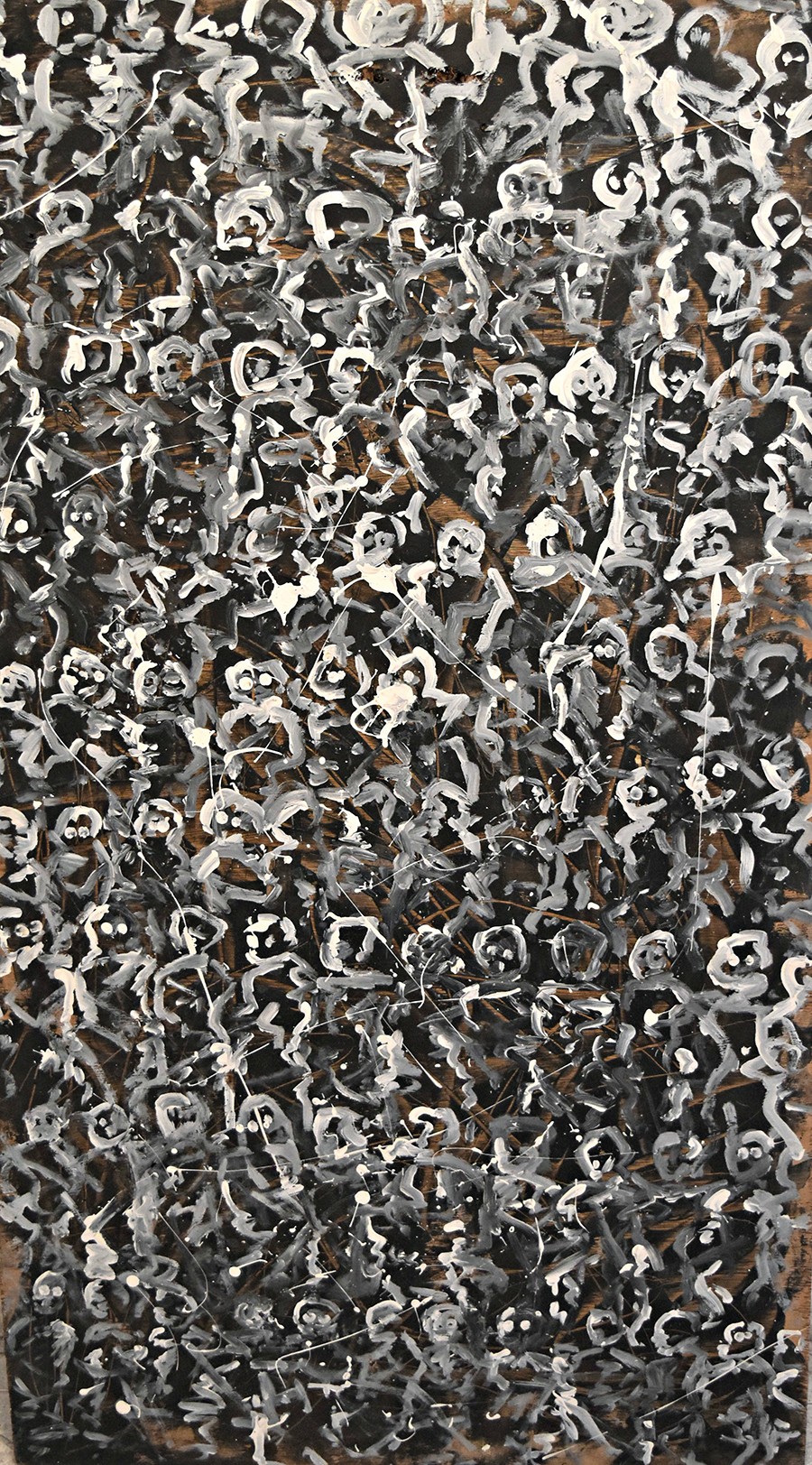
by Lara Gove
This artwork is part of a series interpreting a text known as Cities and the Dead 4 which is found in Italo Calvino’s book Invisible Cities. The painting reflects a state of decay, an entire city turned into a burial ground with confined spaces with restricted movement.
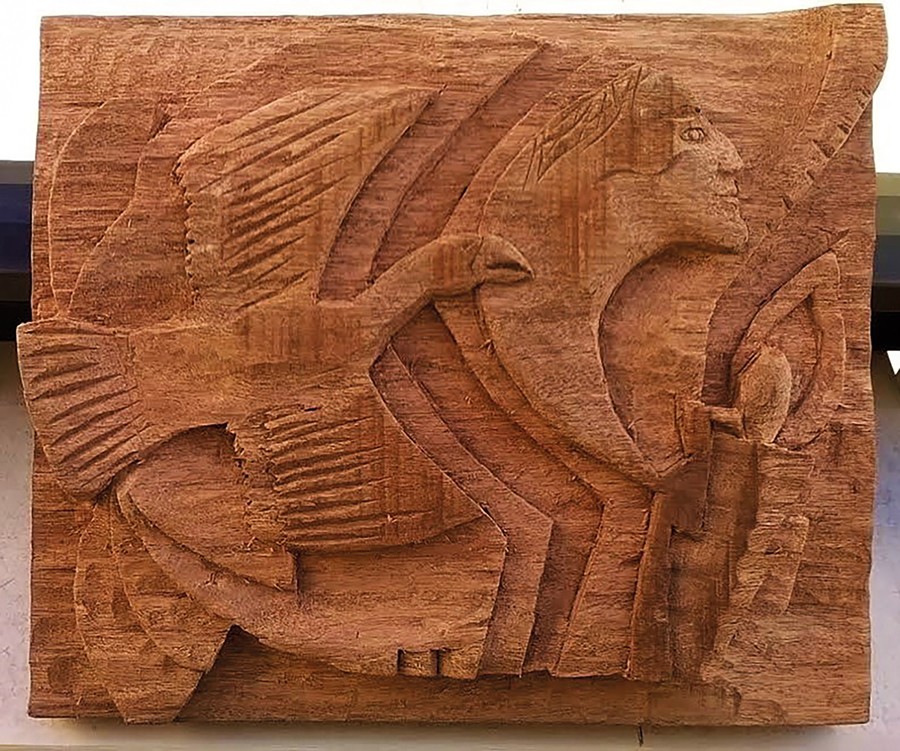
This artwork’s imagery reflects multiculturalism. It is the artist’s first wood carving.

by Cristina Formosa
Cyberbullying can have dreadful repercussions. This art installation with figures made of transparent tape reflects the emptiness a person can feel when they are the victims of online harassment. The figures merged with their surroundings and became part of the space, with an almost ghost-like effect.
Bridging (through) the performing arts
Theatre, dance, and music are changing at the University of Malta. Recently, three new research groups were launched by the School of Performing Arts (SPA) with the aim of bridging different disciplines through the development of shared work processes and research areas. Through interdisciplinary research, these groups want to look outwards towards new concepts.
The groups cover three themes. First, ‘Twenty-first-Century Studies in Performance’, which is committed to the locating, reimagining, and development of performance practices in the 21st century. Second, ‘Culture and Performance’, which is guided by the premise that culture and performance refer to complexities that emerge from the multitude of phenomena these terms describe. Third, ‘Performing Arts Histories and Historiographies’, which investigates and archives material related to historical events across the performing arts. These themes are possible thanks to a web of local and international collaborations, ranging from the Digital Arts and Humanities to Cognitive Science and Intelligent Computer Systems.
These new research platforms seek to facilitate dialogue between scholars and practitioners, academics and citizens.
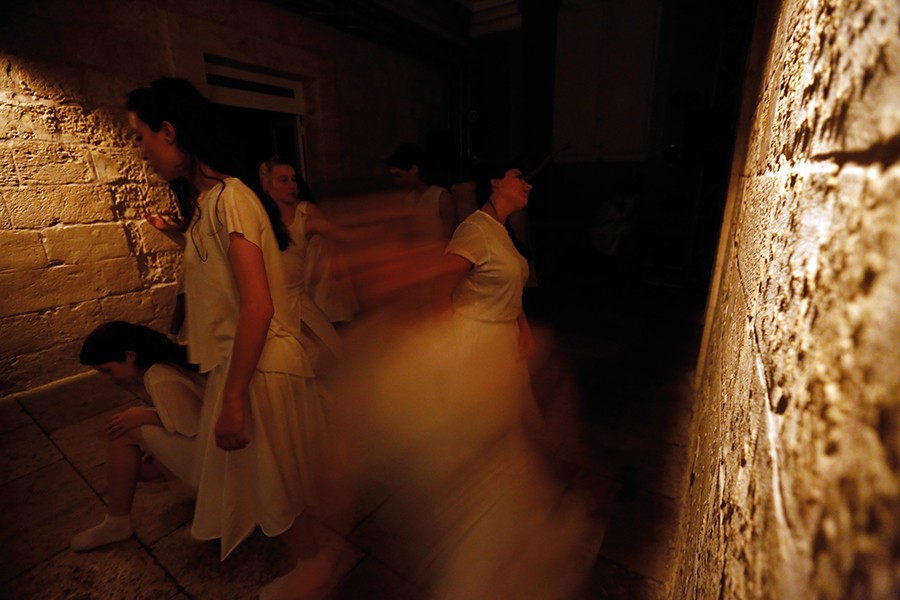
White
White is a performance about space, or the absence of it.
Once upon a time, characters were in search of an author. Today they are in search of a space. The characters, played by the students of the School of Performing Arts at the University of Malta, are lost in a corridor in-between places. Around them all is empty. A void. Like a vault, all they have is White!
Photo: Darrin Zammit Lupi
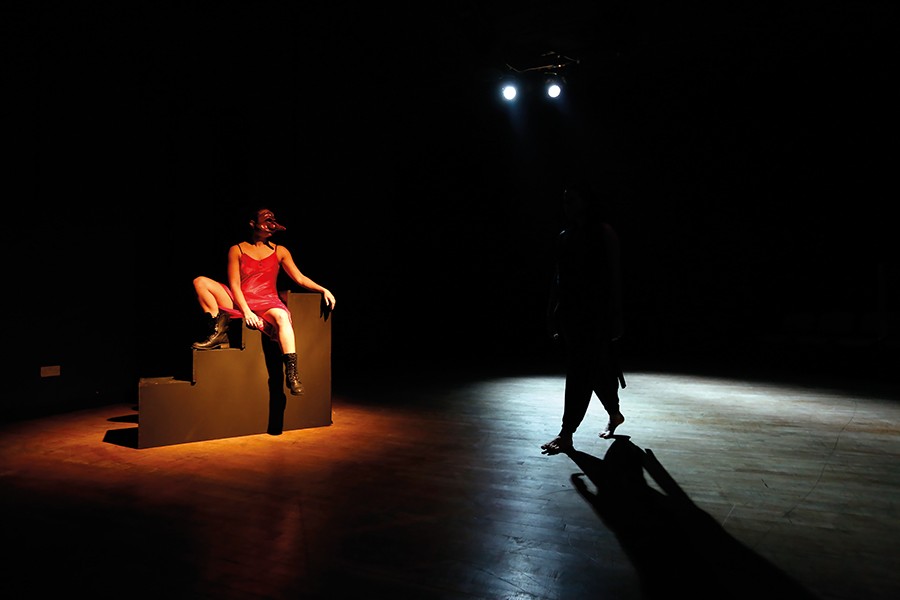
A devised performance created by the students of the School of Performing Arts, University of Malta
MITP
Photo by Darrin Zammit Lupi
SPA has an upcoming conference featuring some of the above topics called Interweaving Cultures: Theory and Practice in March 2017. For more information contact Dr Stefan Aquilina (stefan.aquilina@um.edu.mt) or, on the conference, Prof. Vicki Ann Cremona (vicki.cremona@um.edu.mt).
Computer recognition of sheet music
In his book This is Your Brain on Music, Daniel Levitin writes, ‘Whenever humans come together for any reason, music is there.’ From weddings and funerals, to graduation parties and men marching off to war, ‘music is and was [always] part of the fabric of everyday life.’

Ephemeral spaces
Valletta 2018 Foundation
Continue readingl-għ
L-għ is a thoughtful, innovative, and interactive exhibition. The reaction it provokes is from the very base of the senses and is the first final year project exhibition from BFA in Digital Arts degree students organised by the Department of Digital Arts, Faculty of Media and Knowledge Sciences.
The exhibitors chose an intriguing moniker: the most enigmatic and iconic rune in the Maltese alphabet (L-għ). Together they used it as a starting point and explored the thematic elements it connotes. The students tapped into six themes and developed twelve projects.
Despite majoring in animation or graphic design, each artist worked with a subject they discovered and developed over several months. Creativity and variety are abundant, with projects ranging from audio-visual experiments and curatorial work to interactive documentaries and highly thematic visual material. The body of research and thought behind each project sheds recognition on conceptual and creative transformations currently occurring in the practice of art and design. They shift the boundaries of art, design, and media and how they can be used together.
L-għ, the Degree Exhibition of the BFA in Digital Arts (Department of Digital Arts, Faculty of Media and Knowledge Sciences, University of Malta). Artists: Ramon Azzopardi, Matthew Calleja, Caroline Curmi, Darryl Farrugia, Danika Muscat, Angele Pollacco, Lucrezia Rapa, Pascale Spiteri, Michelle Trapani, Siobhan Vassallo, Matthew Vella and Ryan Zammit Pawley.
Cultural Regeneration through Urban Spaces and Places
The effects of a European Capital of Culture are felt through both the cultural activities that take place and through the interactions people have with each other as well as the space around them in their everyday lives.
The Valletta 2018 Foundation has been working tirelessly on several projects preparing Valletta for its title as European Capital of Culture in Malta in 2018. More so, it is researching how these projects are changing the lives of people.
These interactions between communities and their surrounding space are key issues being investigated by the Valletta 2018 Evaluation & Monitoring research process. This is a five-year research study examining the impacts of the European Capital of Culture on Malta’s society and economy.
Dr Antoine Zammit, with the Valletta 2018 Foundation, has been studying the relationship between community inclusion and space in cultural infrastructural projects. His research focuses on four specific infrastructural projects taking place in Valletta as part of the European Capital of Culture: The Valletta Design Cluster (il-Biċċerija) and its surrounding neighbourhood; Strait Street; the relocation of MUŻA – Mużew Nazzjonali tal-Arti (Malta’s National Museum of Fine Arts) – to Auberge d’Italie and Pjazza de Valette; and the area surrounding the Valletta Covered Market (is-Suq tal-Belt).
The four projects are in different stages of their implementation, and have been dispersed throughout Valletta in a way that allows them to collide with many of the different districts of the capital. While none lack cultural significance, each project has displayed different strengths in implementation. The Valletta Market and Strait Street Projects have a particularly strong commercial value, while the Valletta Design Cluster is aimed at creative design and encouraging entreprenuership. MUŻA, more overtly than any of the other three projects, is an attempt at traditional forms of cultural engagement and regeneration through the development of a national, community-driven musuem of art. Zammit, together with two M.Arch. (Architecture and Urban Design) students—Daniel Attard and Christopher Azzopardi—carried out extensive studies to gain a deeper understanding of the sites.
“Quality urban design has increasingly become about creating these habitable places. It is ultimately all about the quality of life of residents.”
Attard developed a matrix in order to score the different types of interactions within each site. Split into categories such as ‘aural’, ‘user categories’ and ‘actual use of space,’ the sections help identify emerging patterns and traits from the implementations of the projects. The Biċċerija and Strait Street all score high in the ‘aural’ category, meaning various elements that contributed to noise, or the lack of it, were observed. MUŻA and the Covered Market both qualified for the ‘user categories’ section, meaning that a relatively diverse demographic was observed making use of the place. The Valletta Design Cluster was noted for having a higher level of human interaction take place daily (balcony conversations, loud conversations in general, and so on). Finally, all four sites qualified for the category of ‘actual use of space,’ meaning that people actively show awareness of the space by taking photos, complaining due to lack of public conveniences, construction work, and shops setting up or closing down, among other things.
On the other hand, Azzopardi focused on the spatial quality of the sites by looking at their accessibility and permeability, perception and comfort, and the vitality of the four sites. Of the four, Strait Street, more specifically the intersection with Old Theatre Street, scored highest, followed by MUŻA and the Valletta Market. The Valletta Design Cluster obtained the lowest score, suggesting that the site in its current state is poorly perceived and somewhat inaccessible. Matching Azzopardi’s findings with statistical data, obtained at a neighbourhood level through the NSO’s evaluation of the available 2011 Census Data, Zammit has determined some relationship (but not statistically significant), between the buildings’ current state of repair and the community’s achievements in literacy, education, and employment.
| Museum of the People |
|
Naqsam il-MUŻA is a branch project inspired by MUŻA. Currently in progress, participants in the Naqsam il-MUŻA project were selected from different communities around Malta and taken to see the art collection of the National Museum of Fine Arts. They will then exhibit their choice of artwork from the museum in their localities. It brings the museum to the people, rather than the other way round. |
The diversity of the four sites were key to Zammit’s studies. He studied the effect their differing cultural infrastructure had on the cultural regeneration of Valletta. ‘Cultural infrastructure entails those interventions, which generally have some kind of physical implication, in an urban space which tends to enhance and broaden people’s cultural appreciation,’ explains Dr Zammit, ‘but I see it as requiring an added value. In my opinion, art for art’s sake in these cases doesn’t mean anything. Which is why the question which I try to answer in my research is, “what will that infrastructure give back to the community at the end of it all?”’ Other research, similar to Zammit’s, holds that more than just creating spaces, cultural regenerative projects should aim to create places which result from quality urban design. ‘Over the past two years, I started to realise that the real difference is ‘between places that are alive, versus habitable places,’ comments Zammit, who thinks that, ‘quality urban design has increasingly become about creating these habitable places. It is ultimately all about the quality of life of residents.’ This issue of liveability is key to being a European Capital of Culture. Its goals are to create high-quality cultural and artistic activities while improving the quality of life of communities through culture. Zammit’s study highlights many potential issues such as an increase in noise pollution, gentrification resulting from a rise in property values and rental prices, and other potential impacts on Valletta residents. The Valletta 2018 Foundation is discussing these issues in its upcoming conference Cities as Community Spaces in November 2016, which will bring together a number of international speakers to explore how different communities make use of public spaces for creativity, contestation, and interaction.
For more: valletta2018.org
Traders of Osaka
I’m an absolute sucker for elegance. I love games with few components and rules, yet still manage to create a deep and thoughtful gameplay system. The card game Traders of Osaka has all of these traits.
Based on Traders of Carthage, where the goal is for players to move ships, and deliver goods from Alexandria to Carthage, Traders of Osaka is essentially the same but this time the gameplay is set in a new continent and era, with the cargo needing to be shipped from Osaka to Edo in Japan.
The game has both cards and a board. Each card has a number and colour. The colour denotes the type of goods you can ship, and the number indicates their value. But, the game gives you the choice to keep your card in hand or place it in front of you. This turns them into purchased goods or cash to use later to purchase the goods.
Apart from this choice, as a trader you need to move your goods. Each time you buy an item, the ship of its colour moves one step closer to its destination. When it reaches Edo the player can sell the goods of a specific colour. However, if the seas are perilous just before docking, it sinks, and everyone’s goods of that colour go to waste.
The setup leads to a very simple, binary choice, which is affectd by the actions of all the players around you. The competition is absolutely bittersweet. Don’t be fooled by its spareness, these are some of the most tactical choices you will have to make in your life.
The game is about trading rice in Osaka over 100 years ago—a hard sell. But it has beautiful artworks, and a modern design that runs smoothly and is easy to learn. Trust me, give this one a shot.

